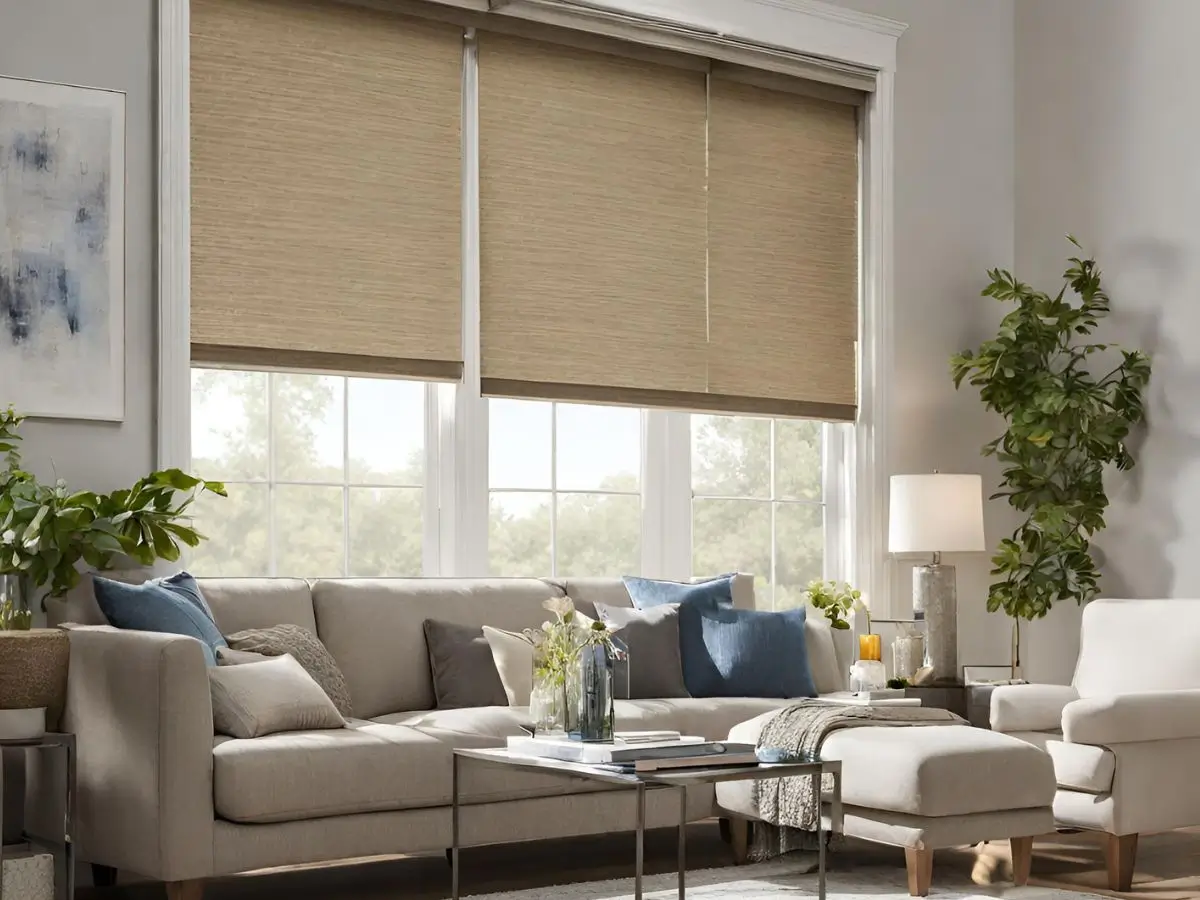Cleaning roller shades properly is essential for getting the longest lifespan from these versatile window treatments. Keeping your roller shades looking fresh and functioning properly is key to getting over a decade of use out of these window treatments. Properly maintained roller shades can continue to provide insulation, light filtering, privacy, and protection from harsh UV rays for years to come. Read on for tips on keeping your roller shades in tip-top shape through all the seasons.
Troubleshooting Common Issues
No matter how careful you are, roller shades can still develop small issues over time. Getting ahead of problems quickly will keep them running smoothly for years to come.
Here are some common issues and tips for easy fixes:
- Not rolling up evenly: check for obstructions like cords or fabrics caught in tracks. Clean tracks so shade can roll evenly.
- Noise or rattling: apply a lubricant like silicone spray to the rolling mechanism to quiet a noisy shade.
- Split seams or loosening double hems: caught fabric can cause tears. Use seam sealant before tears expand.

Key Maintenance Tips
- Regular Dusting
Dust builds up easily on shades, affecting their performance and appearance. Dust them at least monthly using a microfiber duster or vacuum with a brush attachment. More frequent dusting may be needed if you have pets or live in a dusty area. Pay extra attention to the rear side facing the window, which collects more dust. Also vacuum and dust the hardware, fascia, and surrounding window frames. - Spot Clean Spills/Stains
Clean spills and stains on the shade fabric as soon as they occur. Use a soft cloth, warm water, and mild detergent. Dab gently instead of rubbing to avoid fabric damage or shrinkage. Avoid harsh cleaners, which may degrade the material. Refer to the manufacturer’s care instructions for your specific shade fabric. If stains persist, professional fabric cleaning may be needed. - Check for Signs of Wear
Inspect shades occasionally for early signs of wear, such as frayed edges, sticking mechanisms, loose hardware, etc. Fraying often starts at the bottom corners and along creases. Sticking issues may occur after periods of disuse or humidity changes. Address minor issues promptly to avoid bigger problems. An annual maintenance check is recommended. - Consider Professional Cleaning
Depending on usage and environmental factors, periodic professional cleaning can freshen shades, remove deeper soils, and ensure smooth function. Typical recommendations are once every 2–3 years. Qualified shade experts evaluate the condition, methodically clean fabrics and components, and make minor repairs. This prevents the buildup of dirt and environmental elements that reduce appearance and effectiveness. Proper cleaning can extend a shade’s service life significantly.
FAQs About Roller Shade Maintenance
If liner layers become unsecured and bunch inside the rolls, use double-sided hem tape to fasten them back into place, preventing further tearing from friction.
Use a dry soft cloth, duster brush, or vacuum crevice tool to gently wipe chain loops, fascia, brackets, hem bars, and operating mechanisms. Take care not to get them excessively wet or use harsh cleaners. Solvent-based products can damage plastic parts. A barely damp cloth helps remove heavier soiling if needed.
Most good-quality roller shades will last 10–15 years with proper maintenance. Signs it’s time to replace them include excessive fabric wear, an inability to raise adequately or lower, damaged hardware, and a severely degraded appearance. Parts rarely last as long as the initial fabric. Budgeting for new shades every 8–12 years ensures optimal performance and visual appeal.
Give Your Shades Some Periodic TLC
Keeping roller shades clean, damage-free, and smoothly functioning takes just regular, simple effort. In return, they’ll keep protecting your home, enhancing energy savings, and looking great for years. Contact the friendly pros at The Window Valet in Indianapolis if you need advice or help with all your window treatment maintenance, upgrades, or replacements.





